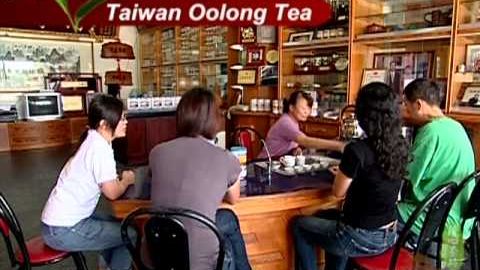
Subtitles & vocabulary
Introduction to Taiwan Tea (English version with caption) - 介紹台灣名茶 (英文版有英文字幕)
00
阿多賓 posted on 2013/12/28Save
Video vocabulary
tea
US /ti/
・
UK /ti:/
- Noun
- A full meal eaten around 5-7 p.m (in the UK)
- Drink made when you put dried leaves in hot water
A1
More green
US /ɡrin/
・
UK /gri:n/
- Adjective
- Color of young leaves
- Covered with vegetation, e.g. grass
- Noun
- Large grassy area
A1
More black
US /blæk/
・
UK /blæk/
- Transitive Verb
- To fill in something to make it a very dark color
- Adjective
- Color of the sky on a dark night
A1
More color
US /ˈkʌlɚ/
・
UK /'kʌlə(r)/
- Transitive Verb
- To change or affect someone's opinion
- To make something colorful using colored pencils
- Noun (Countable/Uncountable)
- Quality of things you can see, e.g. red, blue
- Pink or red in your face, e.g. after being ill
A1
More Use Energy
Unlock All Vocabulary
Unlock pronunciation, explanations, and filters
